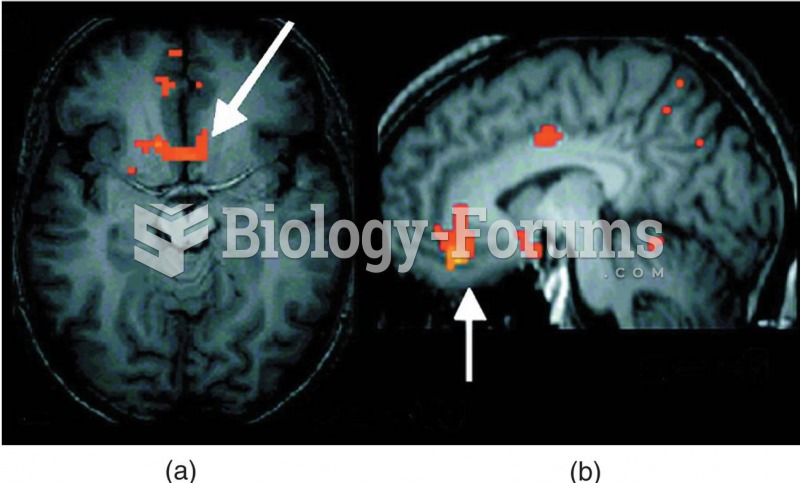This topic contains a solution. Click here to go to the answer
|
|
|
Did you know?
Vaccines prevent between 2.5 and 4 million deaths every year.
Did you know?
There are more nerve cells in one human brain than there are stars in the Milky Way.
Did you know?
Intradermal injections are somewhat difficult to correctly administer because the skin layers are so thin that it is easy to accidentally punch through to the deeper subcutaneous layer.
Did you know?
To prove that stomach ulcers were caused by bacteria and not by stress, a researcher consumed an entire laboratory beaker full of bacterial culture. After this, he did indeed develop stomach ulcers, and won the Nobel Prize for his discovery.
Did you know?
There are 60,000 miles of blood vessels in every adult human.
 Continued harvest of (a) cod and (b) mountain sheep by humans has caused evolutionary changes in mat
Continued harvest of (a) cod and (b) mountain sheep by humans has caused evolutionary changes in mat
 Capuchins use stones to crack open palm nuts in much the same way that chimpanzees in some populatio
Capuchins use stones to crack open palm nuts in much the same way that chimpanzees in some populatio





